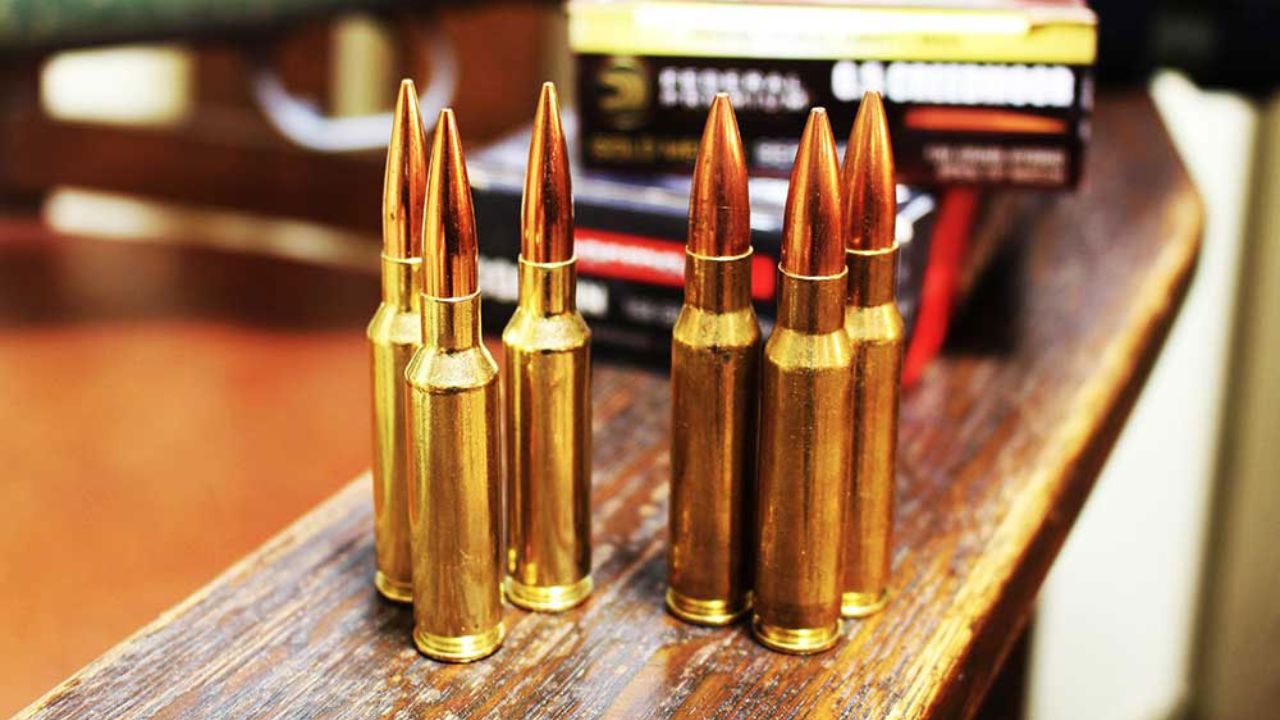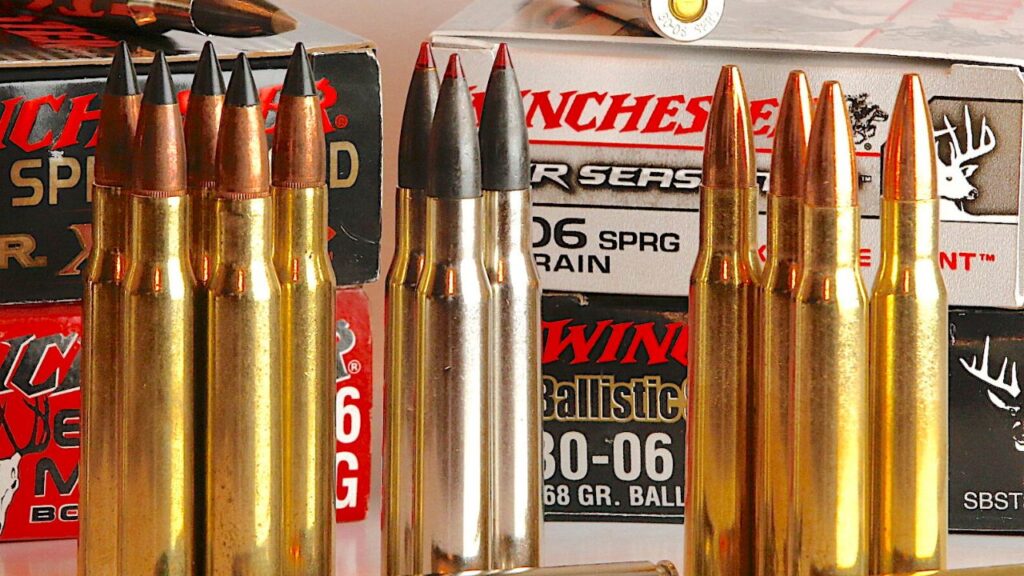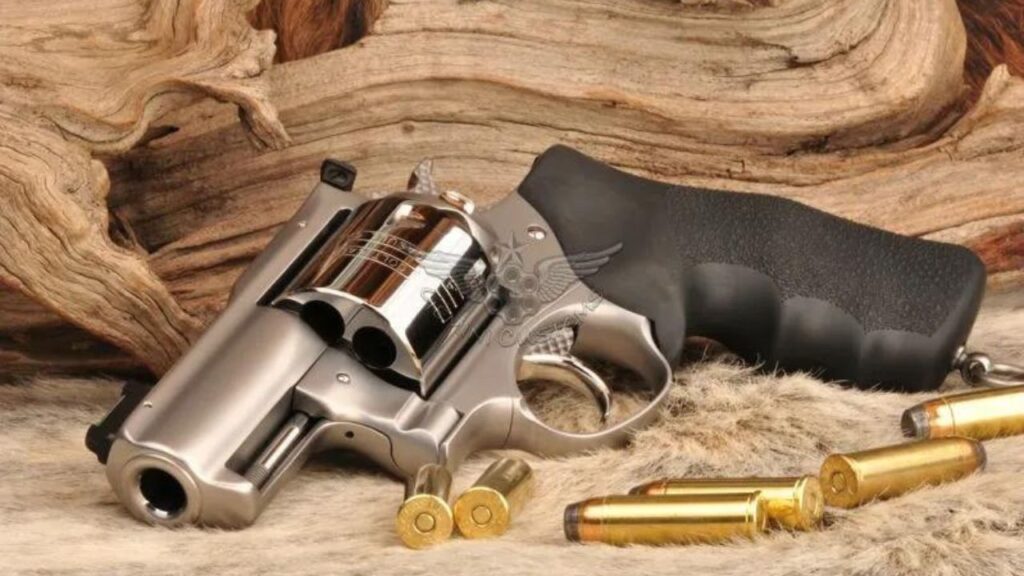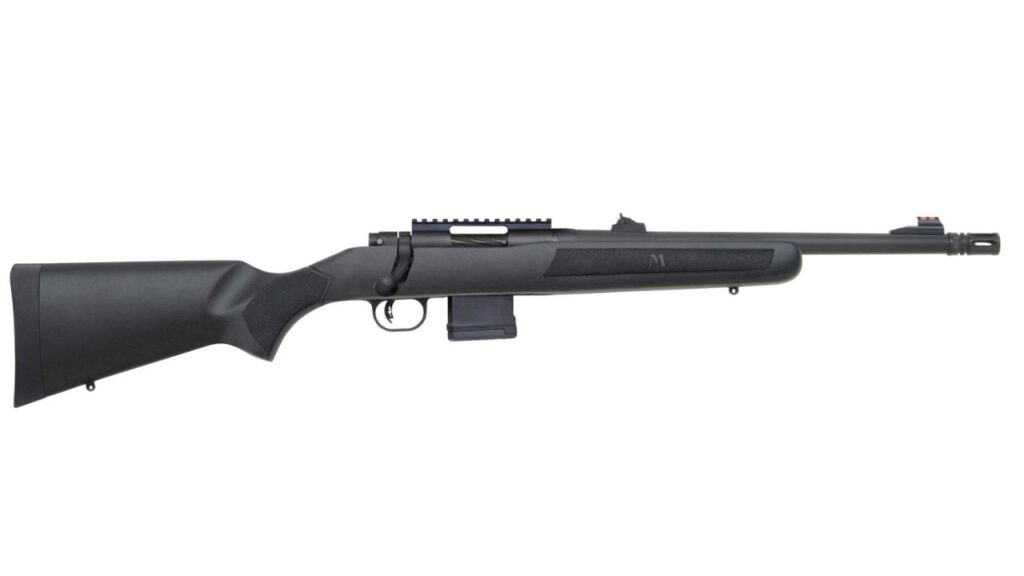Understanding ballistics is essential for any shooting enthusiast when 270 vs 30-06 vs 308 comes to firearms and ammunition.
Among the countless calibers available, three stand out for their popularity, versatility, and performance: the .270 Winchester, the .30-06 Springfield, and the .308 Winchester.
In this article, we delve into a comprehensive comparison of these calibers, exploring their ballistic characteristics, applications, and practical considerations.
Each caliber has its history, development, and strengths, making it suitable for various shooting disciplines, from hunting to competitive shooting.
By examining factors such as trajectory, energy, and recoil, shooters can make informed decisions about which caliber best suits their needs and preferences.
Whether you are an experienced hunter, precision shooter, or simply curious about the nuances of firearms, this comparison of the .270, .30-06, and .308 calibers will provide you with valuable information about their performance and suitability for different scenarios.
Understanding Ballistics

Ballistics is the scientific study of shells in motion, which is crucial for firearms enthusiasts and professionals alike. It covers the factors that influence the trajectory, speed and impact of a bullet.
Bullet weight, muzzle velocity, and shape affect its flight path. External variables such as wind speed, air density and temperature further influence the trajectory.
Mastering ballistics allows shooters to predict and adjust to these variables, improving accuracy and performance. Whether hunting, competing or practicing marksmanship, understanding ballistics is essential to achieving the desired results.
By understanding how various factors interact, shooters can optimize their equipment, make precise adjustments, and consistently hit targets with precision.
At 300 win mag vs 308 cartridges core, ballistics is the cornerstone of effective shooting, allowing enthusiasts to hone their skills and achieve success in various shooting disciplines.
Features Of The .270 Winchester
The .270 Winchester cartridge has a high reputation among hunters and shooters for its combination of flat trajectory, manageable recoil, and excellent terminal performance.
Designed by the Winchester Repeating Arms Company in 1923, it remains a popular choice for hunting a variety of species, from deer to elk.
Key features of the .270 Winchester include:
History and Development: The .270 Winchester was introduced as a commercial cartridge based on the .30-06 Springfield case necked down to accommodate a .277 caliber bullet. Its creation was inspired by the desire for a cartridge that offered flatter trajectories and less recoil than the .30-06 while still providing enough power for medium and large games.
Standard Bullet Weights and Velocity: The .270 Winchester typically shoots bullets ranging from 90 to 180 grains, with common bullet weights ranging from 130 to 150 grains for hunting purposes.
Muzzle velocities can vary depending on bullet weight and load configuration, but typical velocities range from 3,000 to 3,200 feet per second.
Terminal Performance: The .270 Winchester’s combination of velocity and bullet weight results in excellent terminal performance, delivering enough energy to hunt ethical kills at moderate to extended ranges. It is especially suitable for hunting deer, antelope and game animals of similar size.
Versatility: One of the .308 vs .270 vs 30-06 notable features is 45 long colt vs 357 versatility in different hunting scenarios and environments.
Whether hunting open plains, dense forests, or mountainous terrain, the .270 Winchester offers shooters a reliable and practical choice for a wide range of game species.
Ammunition Availability: Due to its long-standing popularity, ammunition for the .270 Winchester is widely available from numerous manufacturers, offering shooters a variety of bullet types and loads tailored to their specific hunting needs and preferences.
Overall, the 270 vs 308 vs 30-06 remains a favorite among hunters and shooters for its proven performance, versatility, and availability.
Its combination of flat trajectory, manageable recoil and terminal effectiveness make it a formidable option for hunting a wide range of species in various hunting environments.
Features of the .30-06 Springfield:
The .30-06 Springfield occupies a prestigious position in the firearms world, recognized for its versatility, power, and historical significance. Originally developed for military use, the .30-06 has become a popular cartridge for long-range shooting and hunting applications.
Key features of the .30-06 Springfield include:
Historical Background and Military Use: The .30-06 Springfield was adopted by the United States Army in 1906, hence its designation.
270 vs 308 ballistics served as the standard cartridge for the US military during both world wars and remained in service for decades. Its success and reliability on the battlefield cemented its reputation as a reliable and effective cartridge.
Bullet Variants and Options: The .30-06 Springfield is consistent with a wide range of bullet weights and styles, making it adaptable to various hunting and shooting scenarios.
Bullet weights typically range from 110 to 220 grains, 338 mag vs 300 mag giving shooters options for different game species and shooting distances.
Versatility and Performance: One of the defining characteristics of the .30-06 Springfield is its versatility. It is capable of effectively harvesting a wide spectrum of games, from small games and varmints to large games such as elk, elk, and bear. The cartridge’s high power and energy make it suitable for hunting in a variety of environments and conditions.
Long-Range Capability: The .30-06 Springfield is known for its long-range capabilities, with bullets that retain energy and trajectory stability at extended ranges. Shooters appreciate its flat trajectory and consistent performance, especially when engaging targets at long ranges.
Ammunition Availability: As one of the most popular cartridges in the world, ammunition for the .30-06 Springfield is widely available from numerous manufacturers.
This 270 vs 308 for deer accessibility ensures that shooters have ample options when selecting ammunition tailored to their specific shooting needs and preferences.
In short, the .30-06 Springfield remains a timeless and revered cartridge in the firearms community, prized for its versatility, power, and historical significance.
Whether for big game or long-range target shooting, the .30-06 remains a favorite choice among shooters seeking reliable performance and proven effectiveness.
Ballistic comparison: Trajectory

The trajectory is a critical factor in understanding the flight path of a bullet from the muzzle of the firearm to the target.
30-06 Brass plays an important role in determining the accuracy and effectiveness of a shot, especially at varying distances. When comparing the trajectories of different calibers, such as the .270 Winchester, .30-06 Springfield, and .308 Winchester, several key factors come into play:
Initial muzzle velocity: A bullet’s initial velocity as it exits the muzzle greatly influences its trajectory. Calibers with higher muzzle velocities tend to have flatter trajectories, meaning they drop less over distance compared to those with lower velocities.
Bullet Weight and Shape: The bullet’s weight and shape also affect its trajectory. Heavier bullets generally retain their velocity and energy better at range, resulting in flatter trajectories. Additionally, bullets with higher ballistic coefficients (BC) experience less aerodynamic drag, which further helps maintain trajectory stability.
External ballistics: External factors such as wind, air density, and temperature can affect the trajectory of a bullet. Understanding how these variables interact with the specific ballistic characteristics of each caliber is crucial to accurate shooting.
When comparing the trajectories of the .270 Winchester, .30-06 Springfield, and .308 Winchester, it is important to consider their ballistic profiles. While all three calibers are capable of accurate shots at different distances, they have subtle differences in trajectory characteristics.
For example, the .270 Winchester, known for its flat trajectory, offers minimal bullet drop at moderate distances, making it well-suited for long-range hunting and shooting applications.
The .30-06 Springfield, with its versatile bullet options and long-range capabilities, also maintains a relatively flat trajectory, allowing shooters to effectively engage targets at extended ranges.
Similarly, the .308 Winchester, while slightly slower than the .270 and .30-06, still offers respectable trajectory performance, making it suitable for a variety of shooting scenarios.
Ballistic Comparison: Energy
Energy is a fundamental aspect of ballistics that directly influences the effectiveness and terminal performance of a bullet upon impact. When comparing the energy levels of different calibers, such as the .270 Winchester, .30-06 Springfield, and .308 Winchester, several factors come into play:
Muzzle energy: Muzzle power refers to the kinetic energy that a bullet possesses at the time it leaves the muzzle of the firearm. 460 s&w vs 500 s&w is determined by factors such as bullet weight and velocity and is a key indicator of the bullet’s potential impact force.
Bullet Construction: The construction and design of the bullet also play an important role in determining its energy transfer upon impact. Bullets designed for maximum expansion and energy transfer typically offer higher terminal performance, making them more effective for hunting and self-defense applications.
Terminal ballistics: Terminal ballistics refers to a bullet’s behavior upon impact with the target. Bullets with higher energy levels are capable of achieving deeper penetration and greater tissue damage, making them more effective at incapacitating game animals or neutralizing threats.
When comparing the energy levels of the .270 Winchester, .30-06 Springfield, and .308 Winchester, it is important to consider their ballistic characteristics and their intended applications.
While all three calibers are capable of delivering substantial energy upon impact, they present differences in terms of bullet weight, velocity, and terminal performance.
For example, the .270 Winchester, known for its high velocity and flat trajectory, offers respectable energy levels suitable for hunting medium-sized game such as deer and antelope.
The .30-06 Springfield, with its wider range of bullet weights and higher muzzle energy, offers greater stopping power and terminal performance, making it a popular choice for hunting larger game species such as elk.
Similarly, the .308 Winchester, while slightly slower than the .30-06, still offers significant energy levels, making it well-suited for a variety of hunting and shooting applications.
Ballistic Comparison: Recoil
Recoil is a critical consideration for shooters as it directly affects the comfort, accuracy, and control of the firearm when shooting. When comparing the recoil characteristics of different calibers, such as the .270 Winchester, .30-06 Springfield, and .308 Winchester, several factors come into play:
Muzzle energy and bullet weight: Muzzle energy, which is influenced by bullet weight and velocity, directly correlates to the amount of recoil experienced by the shooter. Heavier, higher-velocity bullets typically cause greater recoil.
Firearm Weight and Design: Firearm weight and design also play an important role in recoil mitigation. Heavier rifles with well-designed recoil pads and muzzle brakes can help cushion the effects of recoil and improve shooting comfort.
Personal Preference and Tolerance: Shooter experience and personal recoil tolerance vary widely. Some shooters may prefer calibers with lighter recoil for extended shooting sessions or when hunting in adverse conditions, while others may prioritize the ballistic performance of calibers with heavier recoil.
When comparing the recoil of the .270 Winchester, .30-06 Springfield, and .308 Winchester, it is important to consider their characteristics and how they translate into felt recoil for the shooter.
For example, the .270 Winchester, known for its flat trajectory and moderate recoil, offers shooters manageable recoil levels suitable for extended shooting sessions and hunting applications.
The .30-06 Springfield, with its wider range of bullet weights and higher muzzle energy, generates more noticeable recoil compared to the .270 Winchester but remains controllable for most shooters, especially when using well-designed rifles.
Similarly, the .308 Winchester, while having slightly lighter recoil than the .30-06, still offers a respectable amount of energy with manageable recoil, making it a popular choice for various shooting disciplines.
Applications and Practical Considerations
Understanding the practical applications and considerations of different calibers, such as the .270 Winchester, .30-06 Springfield, and .308 Winchester, is essential for shooters looking to optimize their implementation and achieve success in various shooting activities. Several key aspects should be considered when evaluating the suitability of each gauge for specific applications:
Suitability for Hunting: Consider the size and hardiness of the game species being hunted, as well as typical shooting distances and environmental conditions found in the hunting area.
The .270 Winchester, with its flat trajectory and moderate recoil, is well suited for hunting medium-sized game, such as deer and antelope, in a variety of terrain.
The .30-06 Springfield offers increased versatility and stopping power, making it suitable for hunting big game species such as elk, elk, and bear. Similarly, the .308 Winchester, with its manageable recoil and wide availability, is a reliable choice for hunting a variety of animals in different hunting scenarios.
Competition and Target Shooting Considerations: Evaluate the specific requirements and regulations of the shooting discipline or competition you are participating in, as well as personal shooting preferences and skill level.
Each caliber offers different advantages and considerations for target shooting and competition. The .270 Winchester’s flat trajectory and long-range capabilities make it a popular choice for accuracy shooting and long-range competitions.
The versatility and long-range performance of the .30-06 Springfield also make it a competitive choice for various shooting disciplines.
The moderate recoil and consistent performance of the .308 Winchester make it a favorite among competitive shooters in disciplines such as long-range precision shooting and practical rifle competitions.
Ammunition Cost and Availability: Consider the cost and availability of ammunition for each caliber, as well as reloading capabilities and preferences.
While all three calibers enjoy wide availability and support from ammunition manufacturers, factors such as cost per cartridge and reloading components may influence a shooter’s decision.
By carefully considering these applications and practical considerations, shooters can make informed decisions about which caliber best suits their specific shooting needs, preferences, and applications.
Whether field hunting, competing in shooting competitions, or recreational target shooting, selecting the correct caliber is crucial to maximizing performance, accuracy, and overall shooting enjoyment.
Conclusion
In conclusion, the ballistics comparison between the .270 Winchester, .30-06 Springfield, and .308 Winchester provides valuable information regarding the performance, versatility, and suitability of each caliber for various shooting applications.
Throughout this review, we have explored the unique characteristics of each caliber, including trajectory, energy, recoil, and practical considerations such as suitability for hunting, target shooting, and competition applications.
The .270 Winchester stands out for its flat trajectory, moderate recoil, and effectiveness in hunting medium-sized animals. It offers shooters a reliable option for long-range hunting and shooting scenarios.
The .30-06 Springfield, with its long-standing reputation for versatility and power, remains a favorite choice among shooters seeking exceptional performance for hunting big game species and engaging targets at extended ranges.
Similarly, the .308 Winchester, with its manageable recoil, consistent performance, and wide availability, remains a popular caliber for various shooting disciplines, including target shooting, hunting, and competitive shooting.
By understanding the nuances of ballistics and considering practical applications and considerations, shooters can make informed decisions about caliber selection, maximizing their shooting performance and enjoyment in various shooting activities.







